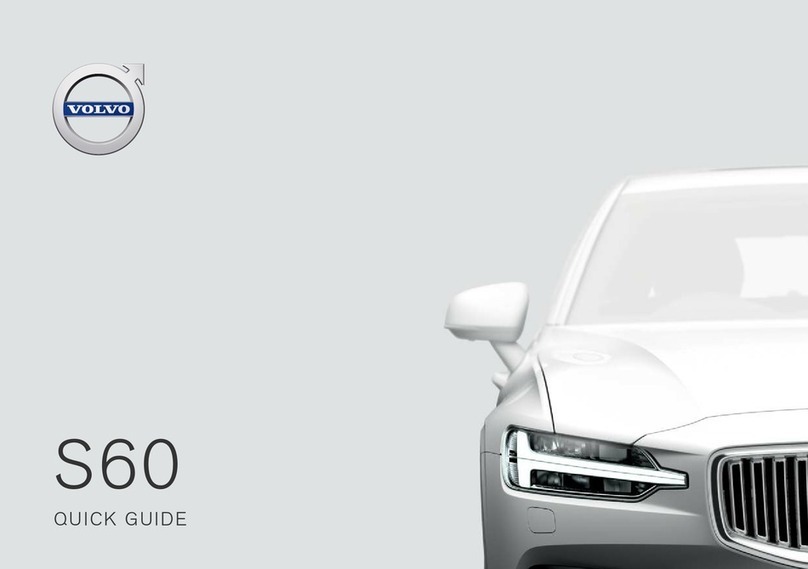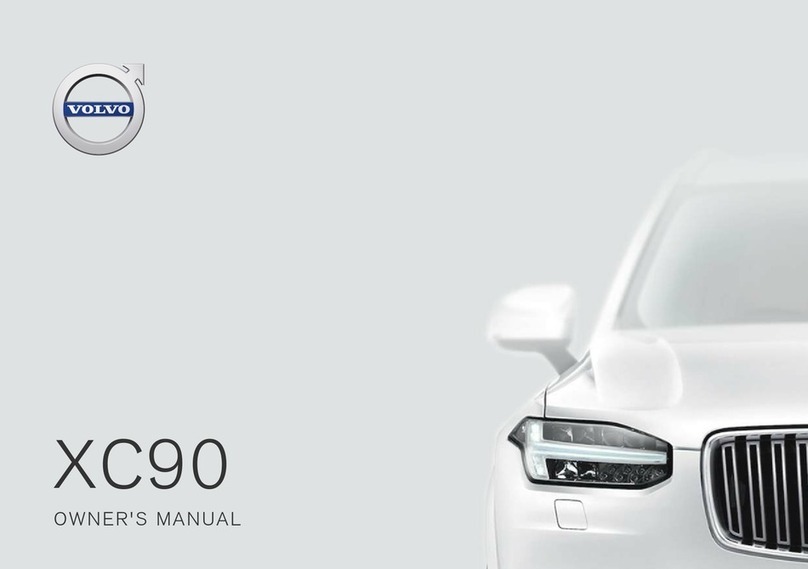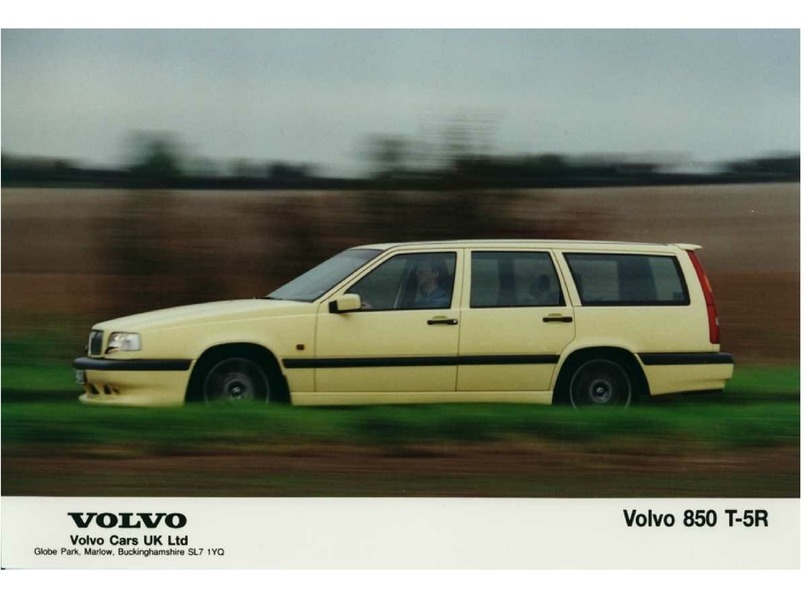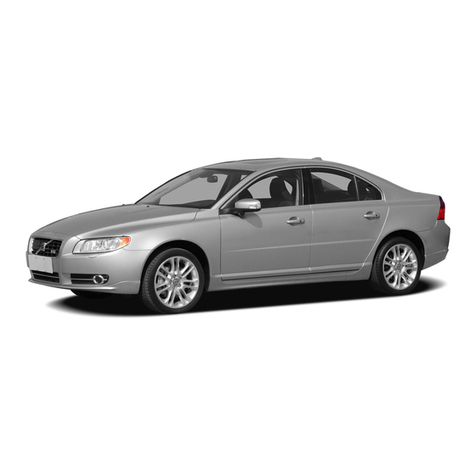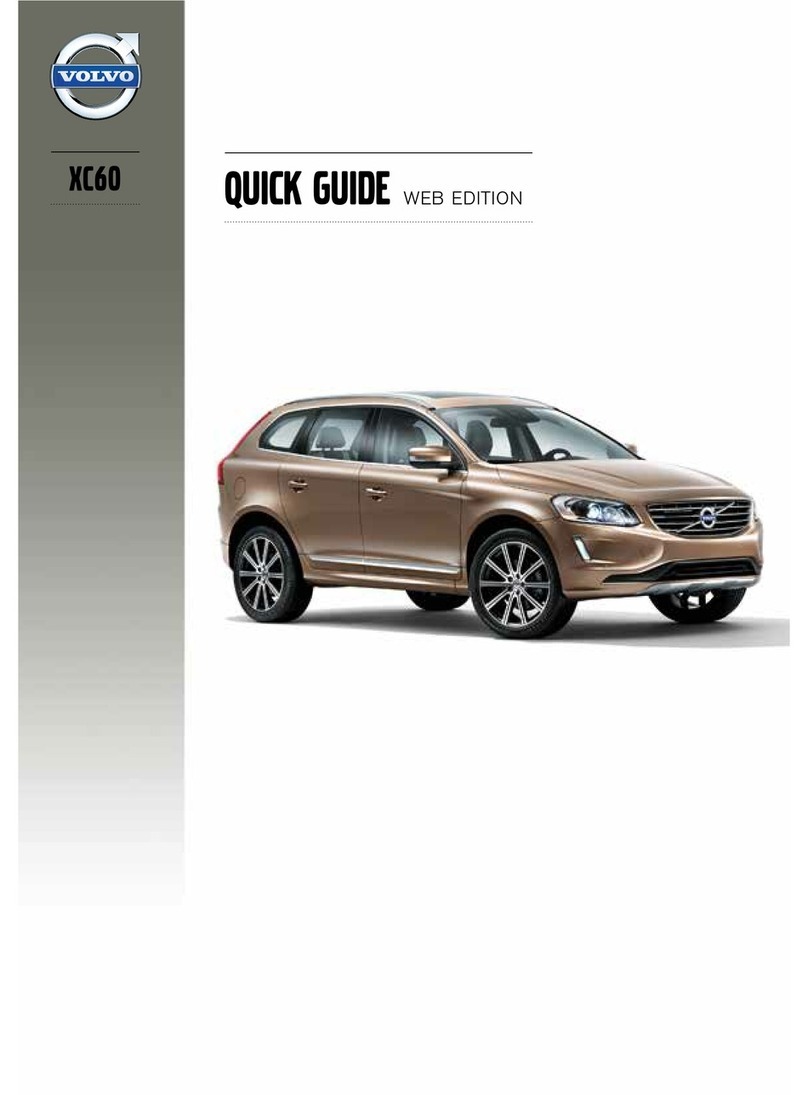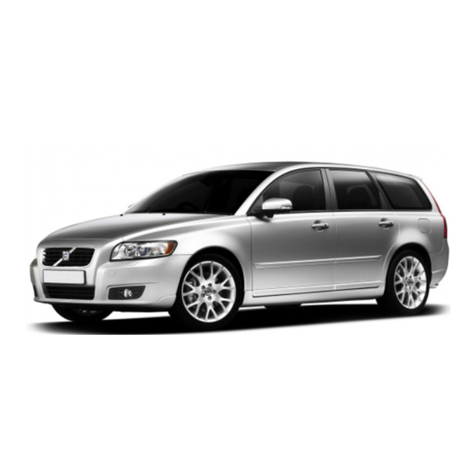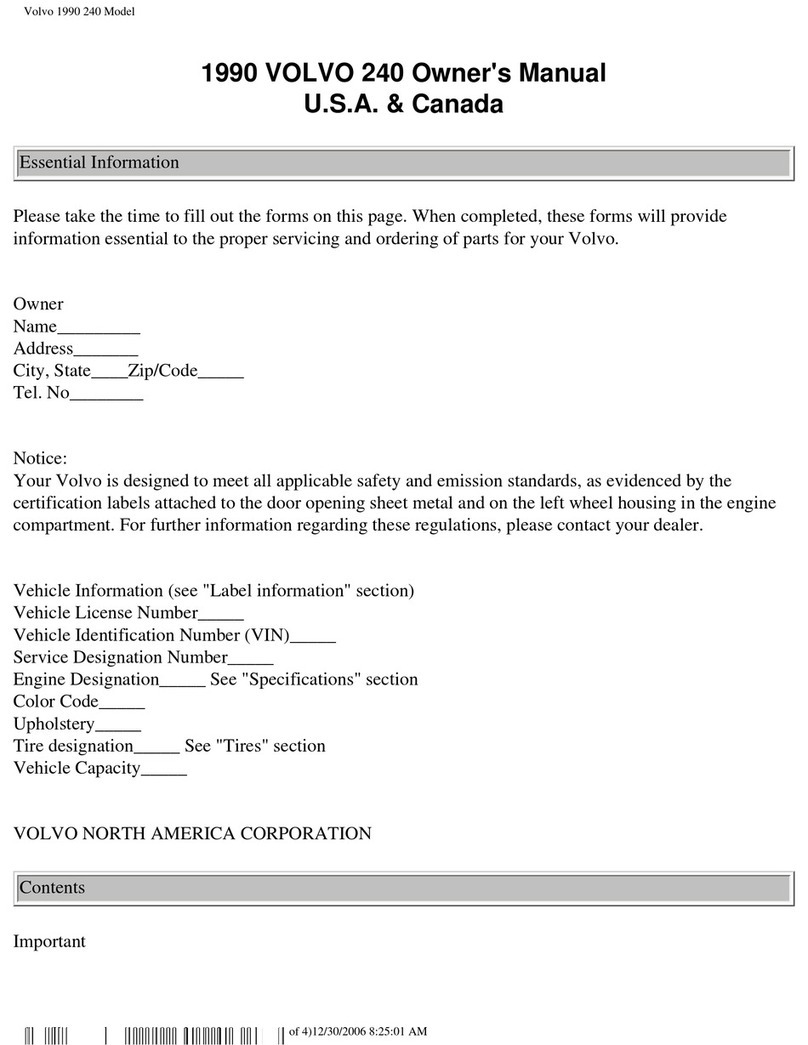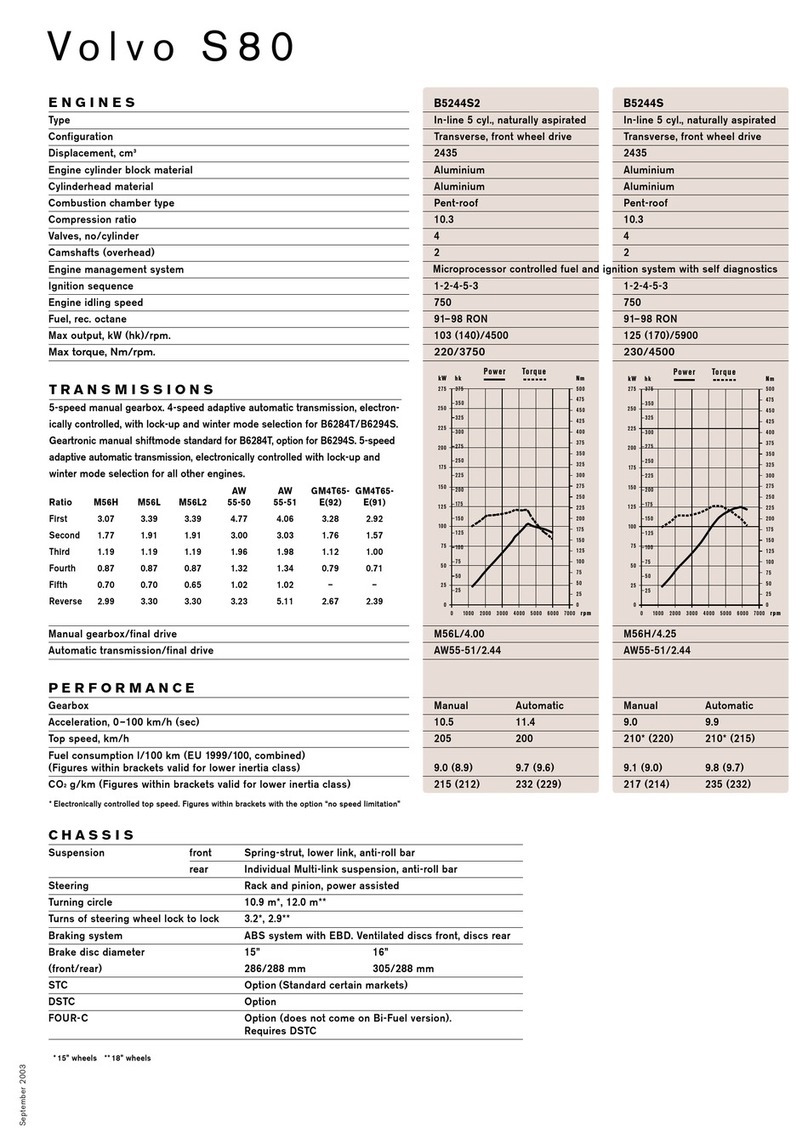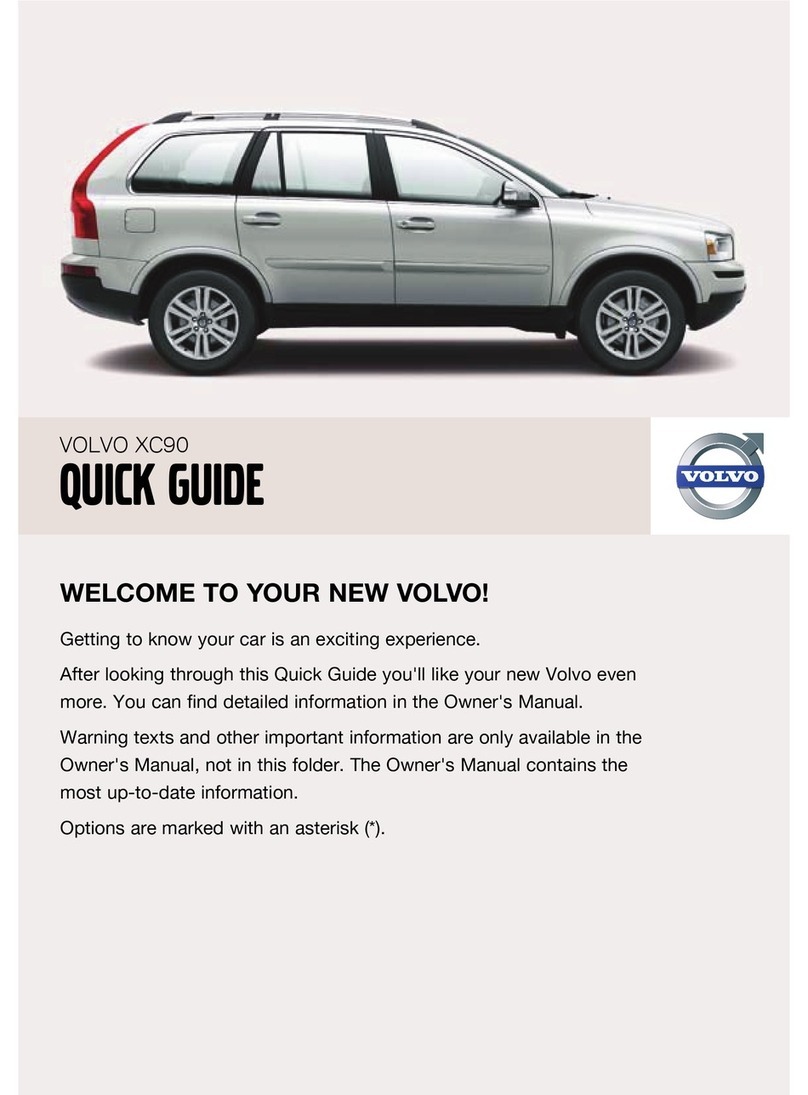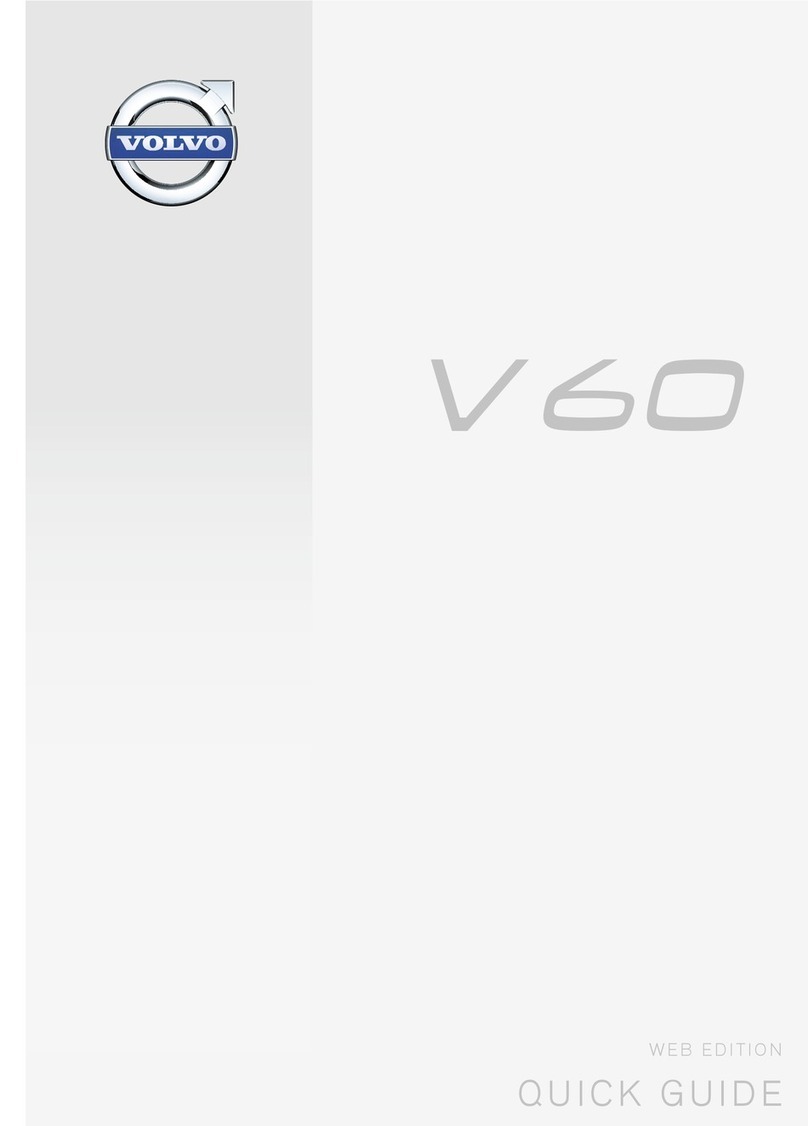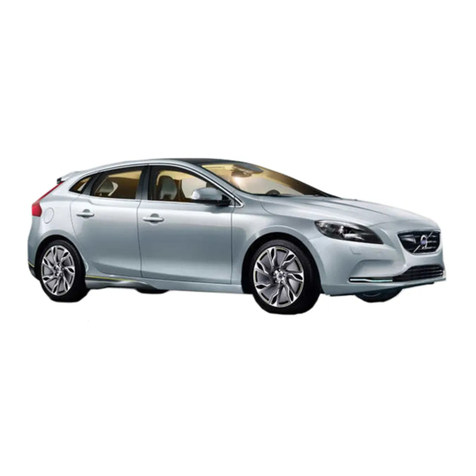Design concept
Right from their original introduction in 1995, the Volvo S40
and V40 won critical acclaim for design and styling, which
culminated in the accolade of the 'Most Beautiful Estate Car
i
n the World', an annual Italian award.
Critics acclaimed the skill with which Volvo contrived to
combine dynamic and youthful elements within a classically
elegant shape, blending many Volvo styling cues - such as
the V-shaped bonnet and powerful chrome grille - in a modern
package.
I
ndeed, the cars were the first indicators of Volvo's new
design language, as can now be seen in models such as
C70, S80 and the new V70. But nothing stands still and the
ti
me has come for the originator of the new look to move with
the times.
"
We felt it was time to make some minor adjustments to
the appearance of the S40 and V40, something to make them
more ready to challenge the competition in the new millennium;'
says Englishman Peter Horbury, Volvo's head of design.
"I
would say that the cars now appear to be more homog-
eneous and have a closer relationship with our larger cars.
"
Our ambition, however, was not to create a new
appearance but simply to create a new sensation, a sense
of freshness. As the cars have a strong design with a clear
i
dentity, we chose only to make subtle changes."
As a result, the external changes can largely be found in
the details, such as the front and rear bumpers, revised front
wings, headlights and indicators. The new front bumper
assembly has been redesigned with new protective inlays
while the front spoiler's air intake has also been redesigned,
taking its inspiration from the designs used on Volvo's
R-line models.
Clear glass is used for the standard fixed-focus double
headlamps while the indicators and foglamps have also
been redesigned. At the rear, the tail lights now have clearer
glass while the panel between the lights has been restyled to
create a more integrated impression.
From the side, freshly styled wheels, new side mould-
i
ngs and larger side marker lights help give the impression
that the car is physically larger than before.
What hasn't changed is the sheer practicality of the
design: the good aerodynamic characteristics (S40, 0.31 Cd;
V40, 0.32Cd) which help to minimise crosswind sensitivity
and wind noise, as well as reducing fuel consumption; the
wide opening doors for ease of access - the front doors open
to an angle of no less than 66 deg; and the gas struts on both
the boot lid and tailgate which couple with a low loading
height to make luggage easy to load.
Changes inside the car are perhaps more obvious, and
underscore the visual link with Volvo's larger models. The
dashboard has been given a comprehensive facelift to offer
better ergonomics and functionality. Dominating the centre
of the dash, the revised audio system bears as strong
resemblance to the units in the V70 and S80.
The centre tunnel console has also been completely
redesigned and is taller than before and far more versatile. It
features a larger storage compartment with a coinholder and
12 volt power socket and also doubles as an armrest for driver
and front seat passenger. Another new feature is a useful
waste bin for rear passengers - ideal for the kids' sweet
wrappers.
Two new upholstery trims have been developed for the
Phase II models, one a plush fabric, the other a leather and
fabric combination. Extra padding in the seat themselves
helps produce a sportier shape offering greater support and
comfort,
while a new lighter interior colour option -
Oak/Arena, borrowed from the S80 and V70 - adds an extra
air of class to the cabin.
As ever, the luggage area has a cargo net options and
clever restraint system, which uses an inertia reel belt to hold
bulky items in place. Load space in the V40 can be extended


